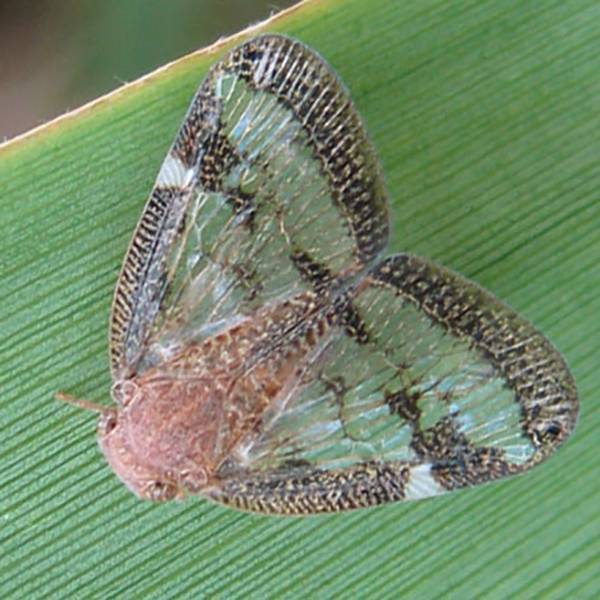Pests Guide

Both the nymphs and the adults attack new young growing shoots, feeding on the sap of the plants, thus destroying new growth and causing damage to the plants.
September to April is their biggest feeding time, so in turn this is the time that the most damage is caused.
The female tends to lay its eggs in dead plant matter and garden stakes, but will also lay its eggs in the midribs of new young plants.
The eggs are laid in neat rows.
When the nymphs hatch, they feed straight away on new young shoots.
The adults have very sharp piercing mouth parts, which are pushed into the tender part of the plant and then they suck the plant juices out.
Any excess juice is secreted as honeydew that puts a coating on the plants’ leaves.
This coating can then cause sooty mould to grow, thus suffocating your plant, and the plant leaves may also appear sticky.
Check your plants regularly by looking underneath leaves and between young shoots for any signs of eggs – then you can remove the leaf they have laid on.
A good way to start your control of these pests is to grow plants that attract predator insects such as borage, alyssum and lavender.
By planting these beneficial plants, it attracts the right kind of insect that will pray on the nymphs and eat them.
Seaweed spray is effective at deterring these hoppers